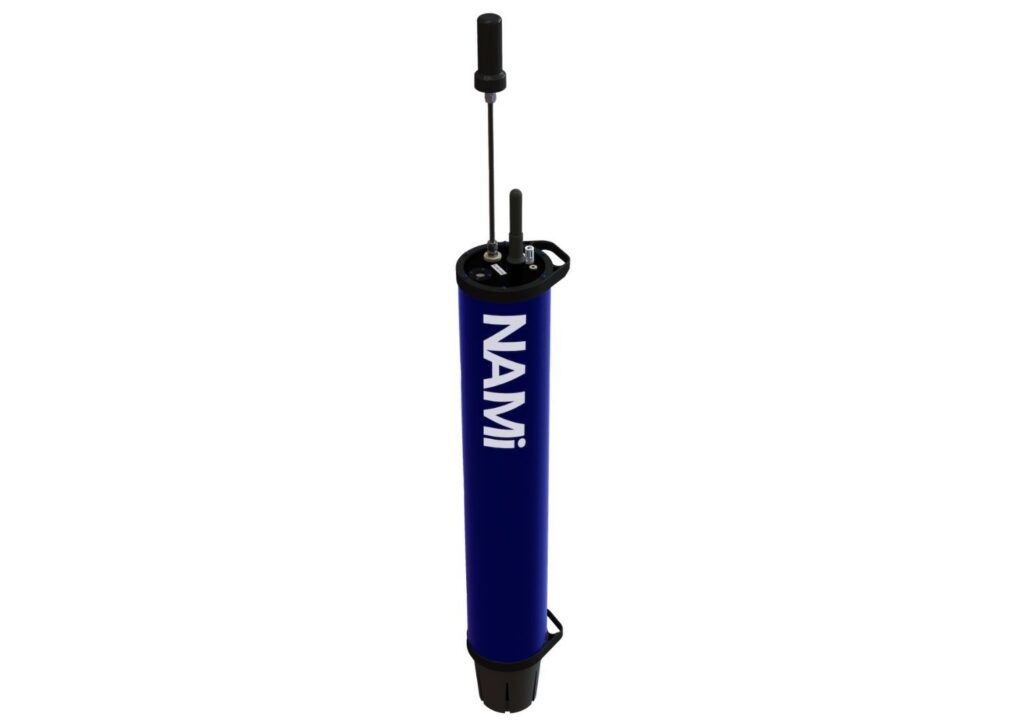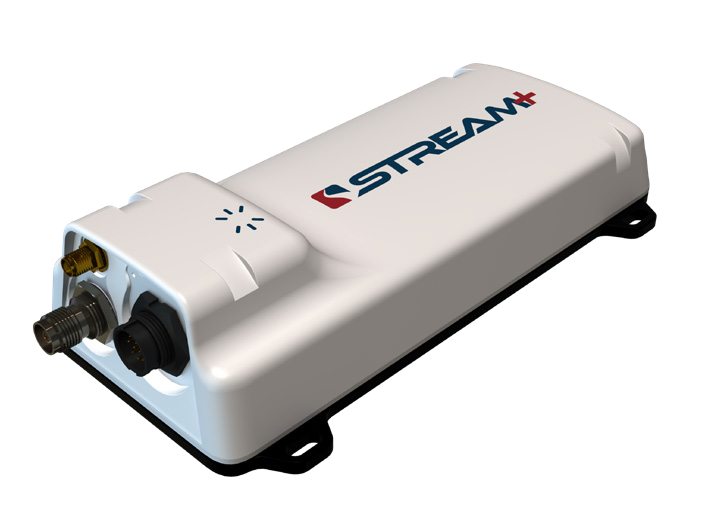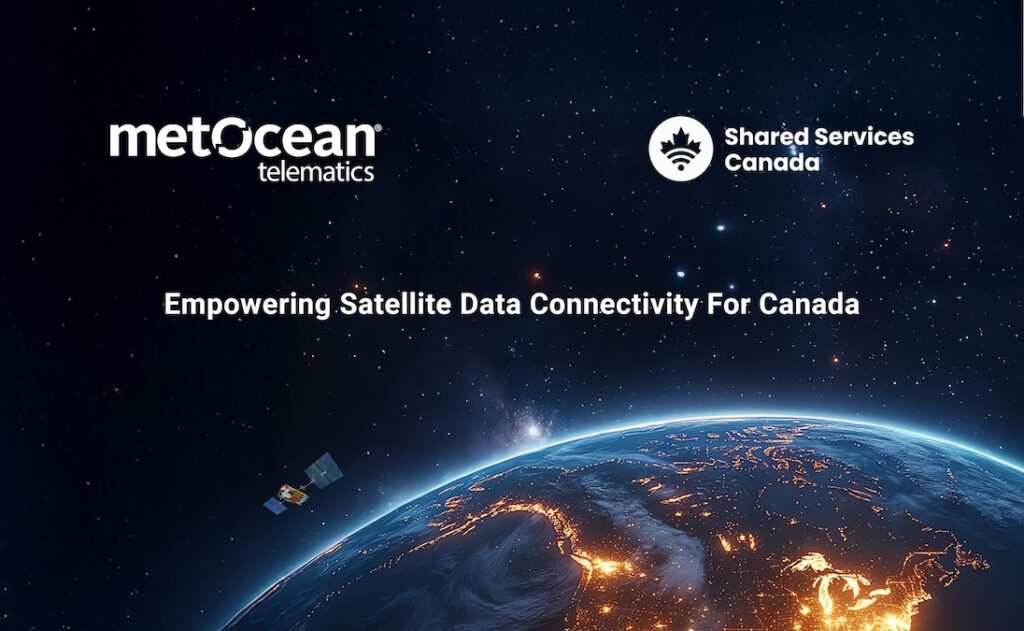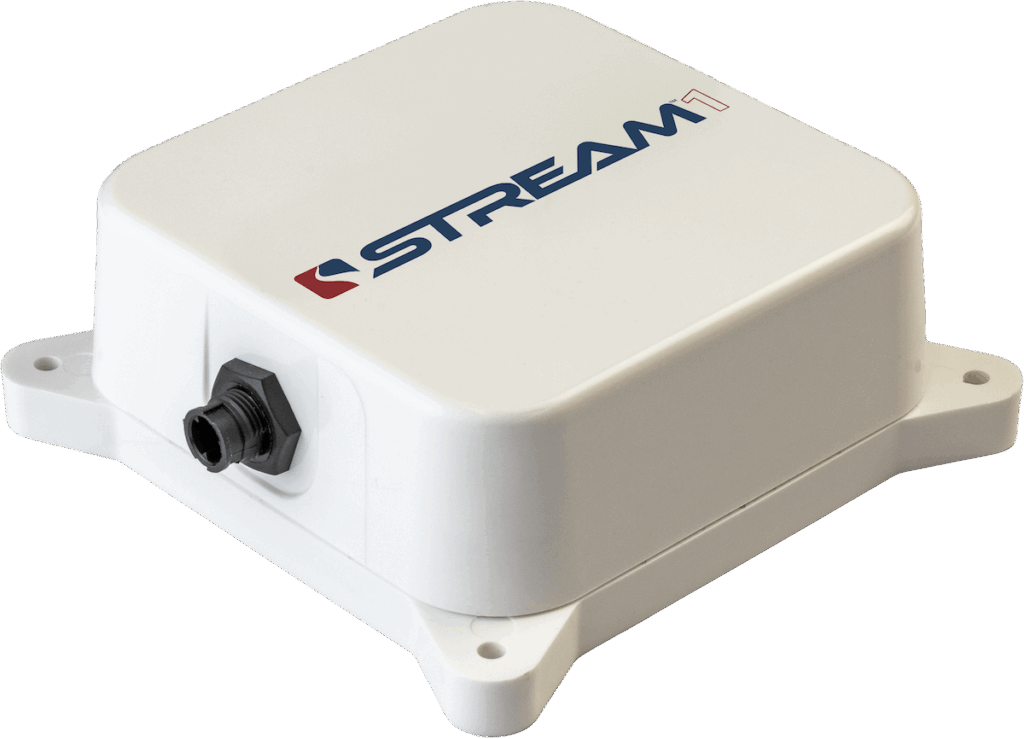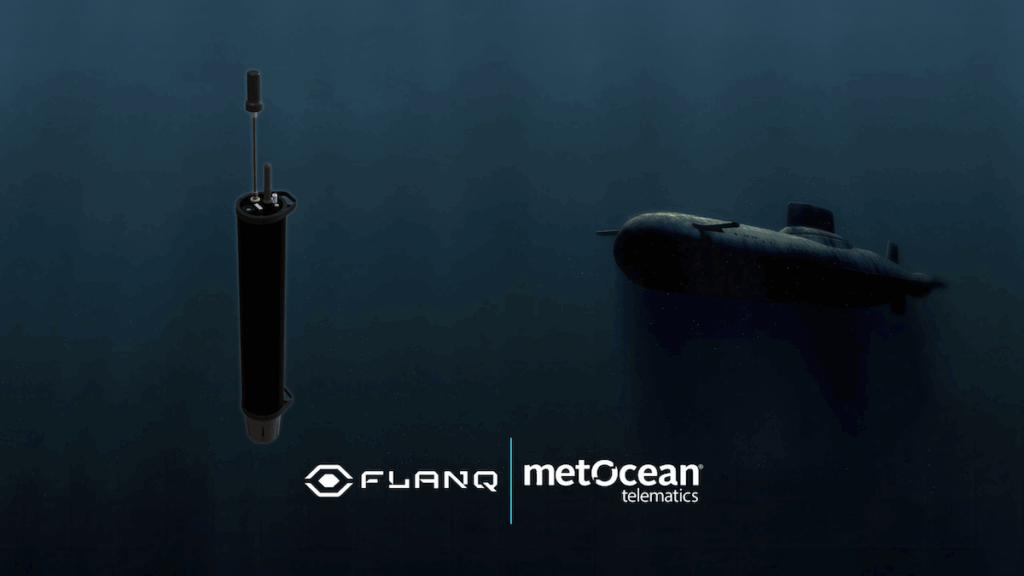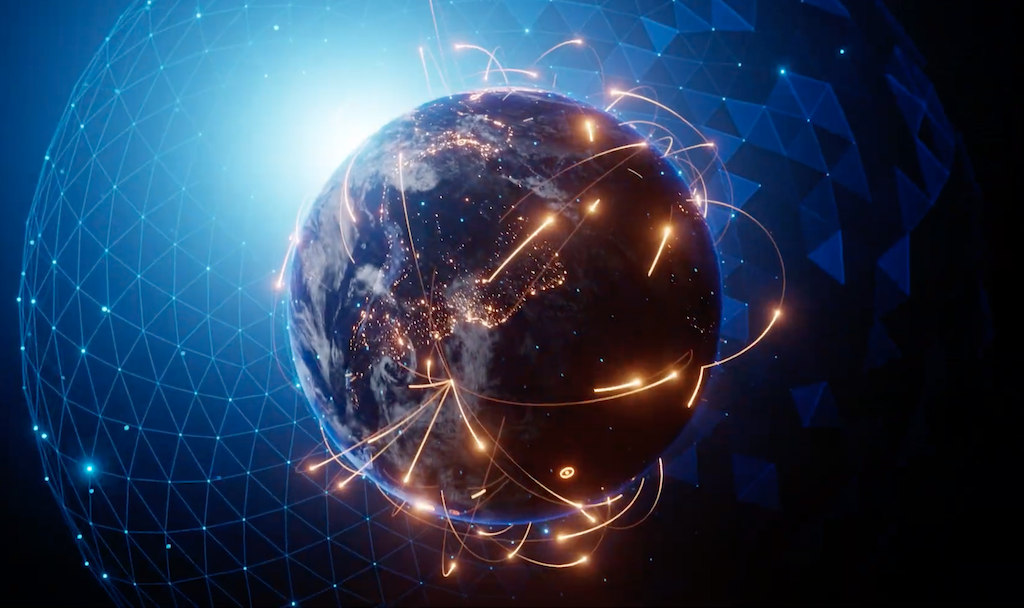
MetOcean Telematics discusses reliable satellite solutions, highlights the features of the STREAM+ Iridium® transceiver and the iTRAC platform, and offers insights into emerging trends in the IoT satellite communications sector.
Congratulations on celebrating 40 years as a trusted provider of satellite communications! How do STREAM+ and the transition from OmniCom to iTRAC address challenges in marine data connectivity?
We’re proud to be celebrating 40 years of supporting marine and offshore operators with reliable satellite solutions. Both our STREAM+ Iridium® transceiver and our new iTRAC platform are great examples of how we’re addressing today’s connectivity challenges at sea.
STREAM+ is a compact, rugged transceiver built for real-time satellite IoT data transmission anywhere on the planet. That’s especially important when you’re working in remote oceans where other communication methods are not an option. It allows researchers, defence teams, and offshore operators to send and receive critical IoT data, from environmental readings to remote commands, with confidence and reliability. STREAM+ is trusted across autonomous vehicles, buoys, and remote sensing systems where a continuous data flow makes all the difference.
On the fleet management side, our OmniCom products are now evolving into iTRAC, a next-generation solution for vessel tracking and two-way messaging. It builds on our trusted systems with enhanced capabilities to meet the growing demands of the marine sector. Whether you’re managing a single vessel or an entire fleet, iTRAC helps operators stay connected, improve safety, and streamline operations, no matter how remote the location.
What trends do you see in IoT satellite communications for the marine sector, and how is MetOcean leading?
There’s a real shift happening right now toward smarter, more connected marine operations. IoT is driving innovations like autonomous platforms that report in real time, and vessels that optimize routes and fuel use based on live data. Another trend is the rise of low-power, high-efficiency satellite devices that enable longer deployments with less hands-on maintenance.
MetOcean is helping lead this evolution. Our telemetry systems, from STREAM devices to our wide range of beacons, are helping operators not only monitor conditions but locate and recover valuable assets if they’re lost. That protects investments, ensures navigational safety, and reduces environmental risks. And with our close relationship with Iridium, we are ready to leverage their robust network to deliver even more reliable, lower-latency solutions that fit seamlessly into next-generation marine operations.
How do MetOcean’s technologies support sustainable marine practices?
Sustainability is at the heart of where the marine industry is headed, and our technologies play a big role in supporting those efforts. Our telemetry systems power environmental monitoring platforms worldwide, from drifting buoys that track ocean currents to sensors measuring water quality, temperature, and CO2 levels.
By providing accurate, near real-time data, we enable researchers and operators to make smarter, more sustainable decisions. For example, tracking weather patterns and ocean conditions in real time allows vessels to avoid dangerous conditions, optimize routes to reduce fuel use, and comply with evolving environmental regulations. Behind the scenes, MetOcean technology helps create the data foundation for safer and more responsible marine operations.
What are the challenges and opportunities in integrating telemetry into existing marine infrastructure?
This is where we see both challenges and exciting growth. Many marine platforms weren’t originally built with advanced telemetry in mind, so retrofitting these systems can require creative solutions, especially in harsh environments where space and power are limited. Data security and ensuring compatibility with older systems are also key concerns.
But the opportunity is huge. Once integrated, these telemetry solutions deliver near real-time insights that boost efficiency, safety, and environmental performance. They are quickly becoming an essential part of marine operations today and will be even more important in the future.
Can you share any upcoming projects or technologies you’re excited about?
Absolutely, there’s a lot of momentum at MetOcean right now. We’re particularly excited about our new STREAM1, which is built around the advanced Iridium 9704 transceiver. It offers a smaller footprint, lower power draw, and greater flexibility, making it ideal for customers looking to embed reliable satellite connectivity into autonomous vehicles, environmental monitors, and remote systems in harsh marine environments.
We’re also launching the Infinity-iF beacon, which builds on our trusted NOVATECH beacon technology with expanded frequency support, improved accuracy, and enhanced features that help customers locate and recover assets more quickly and confidently.
And we’re very excited about NiKA, our new autonomous maritime surveillance solution. NiKA is designed to deliver persistent, real-time monitoring, giving operators enhanced situational awareness with live tracking, smart alerts, and mission management tools. All this data is accessible through an intuitive web-based interface. NiKA is already making a strong impact in defence and security applications, and we see big potential for it to transform how organizations monitor and protect critical marine environments.
Closing Statement from MetOcean Telematics
As we celebrate 40 years of innovation, MetOcean Telematics remains committed to pushing the boundaries of what is possible in marine connectivity, IoT, asset tracking, and environmental monitoring. Our trusted solutions are built on decades of expertise, but our focus is firmly on the future. We are helping our partners operate smarter, safer, and more sustainably in an increasingly connected world. Whether through next-generation telemetry like STREAM IMT, our advanced beacon technology, or cutting-edge platforms like NiKA, we are excited to continue leading the way and supporting the global marine community for many years to come.








